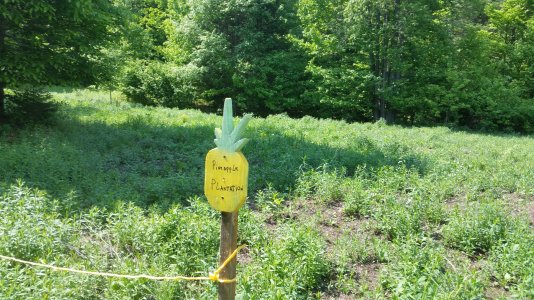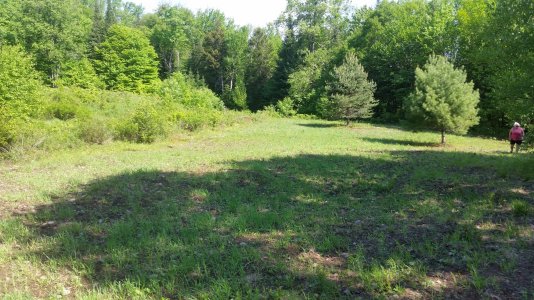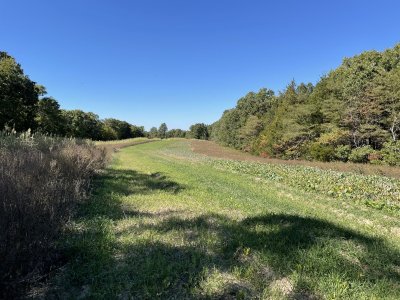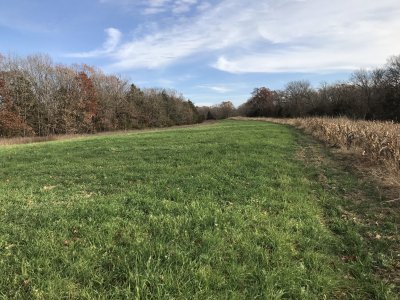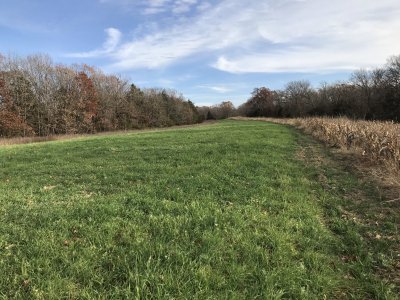Weed control old farmer method........
Till your soil, turn those roots up to kill whats there, wait 2 weeks to a month, depending on rain. Then lightly disc or harrow that new growth to kill it. Seeds can be dormant in soil for many many years, sometimes century or centuries. Bring in up to the top, they get warm (65 deg+ soil temp) and wet, they sprout. While you do weed supression, you can add more desireable seeds too.
Put up some pics on the spot. Overall, close up of whats growing there, closeup of the soil.
At my camp in the adirondacks, I do a combination lawn / foodplot. I've been playing with it for years. I call it the lunchable lawn. IT would do better if it wasn't mowed as often, but this is the cabin area, around the firepit, and the parking lot. I take the time to collect dandelion, crabgrass, and plantain from my house. While I collect, I also pick up what clover seeds heads are brown n black and throw them in there too. Deer enoy the lawn, but the snowshoe hares and turkeys really like my 1/4 acre area I have made over the years. I also mix in dutch white, ladino, and whitetail imperial clover. Imperial clover has one variety in there that does well.
Dandelion you might be hard pressed to find as commercial seed. However, plantain and crabgrass is commercially grown in dryer southern climates. I know of a farmer in PA that grows plantain when corn has failed, or switching to pasture.
Geen cover might be a good place to get seed.
A few options for weed supression. Canola, mustard, hemp, vetch, even cowpeas might smother, large balsana clover, and of course grains especially winter rye. In the spring Barley can be a good option.
Your could just mow it once a month and throw clover in it.
I used to be very weary of spraying. Whats your concerns? Up north, another member is weary of spraying chemicals in his little hunting spot. He sprays vinegar to kill vegetation. Very doable with a backpack or ATV spreader. I hot rodded a basic $100 (probably more now) 1.1 gpm 15 gal spreader. I bought (2) fan nozzles (grey ones I think) and spread them 3ft apart on the back of the atv. It does about 10-12 gallons per acre. Buy a few gallons of cheap vinegar. Or, do your weed control, if you got something you dont want in there, spot spray it with vinegar.
A fallow area with a variety of weeds with good soil health surrounded by fruit trees and desireable shrubs deer browse can be a great spot for wildlife. Check your states encon site for disred deer browse.

www.dec.ny.gov

